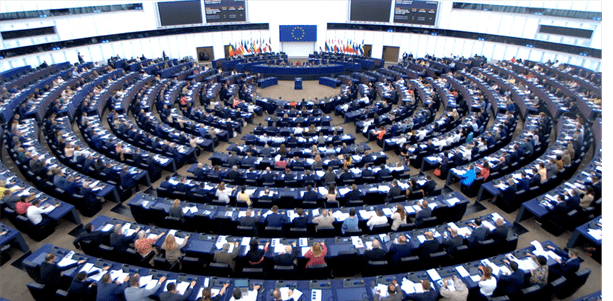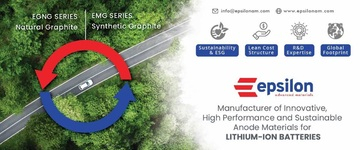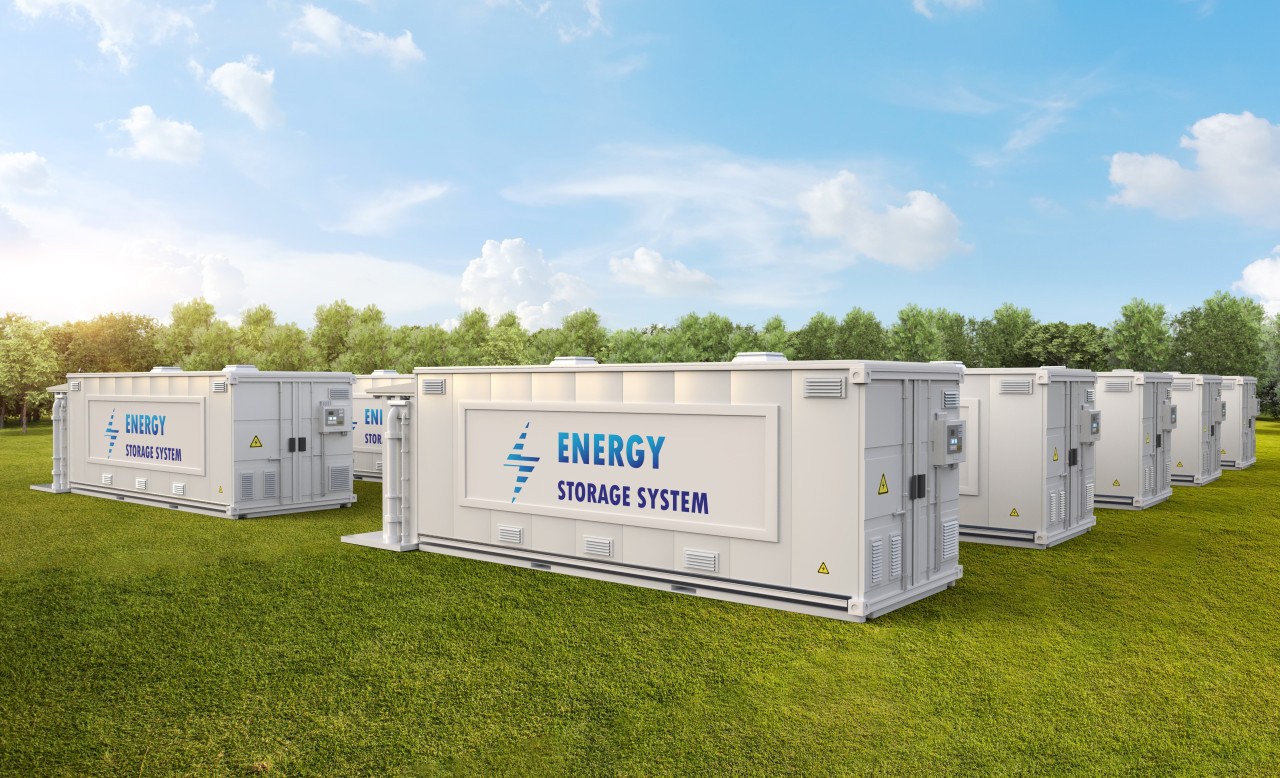EU lawmakers back law regulating batteries and waste batteries
The European Union's (EU) lawmaking body, European Parliament has approved new rules for the design, production, and waste management of all types of batteries sold in the EU.
With 587 votes in favor, nine against, and 20 abstentions, the members of the European Parliament reached an agreement on Wednesday (June 14) with the Council to overhaul EU rules on batteries and waste batteries.
"For the first time, we have circular economy legislation that covers the entire life cycle of a product - an approach that is good for both the environment and the economy," said Achille Variati, Member of the European Parliament in an official statement.
"Our overall aim is to build a stronger EU recycling industry, particularly for lithium, and a competitive industrial sector as a whole, which is crucial in the coming decades for our continent's energy transition and strategic autonomy. These measures could become a benchmark for the entire global battery market," Variati added.
Key measures expected to come into force by the regulations are:
- A compulsory carbon footprint declaration and label for EV batteries, light means of transport (LMT)batteries (used in electric scooters and bikes), and rechargeable industrial batteries with a capacity above 2kWh
- A digital battery passport for LMT batteries, industrial batteries with a capacity above 2 kWh, and EV batteries
- A due diligence policy for all economic operators, except for SMEs
- Stricter waste collection targets: for portable batteries - 45% by 2023, 63% by 2027 and 73% by 2030; for LMT batteries - 51% by 2028 and 61% by 2031
- Minimum levels of materials recovered from waste batteries: lithium - 50% by 2027 and 80% by 203. Cobalt, copper, lead and nickel - 90% by 2027 and 95% by 2031
- Minimum levels of recycled content from manufacturing and consumer waste for use in new batteries: eight years after the entry into force of the regulation - 16% for cobalt, 85% for lead, 6% for lithium and 6% for nickel; 13 years after the entry into force: 26% for cobalt, 85% for lead, 12% for lithium and 15% for nickel.
In December 2020, the Commission put forth a proposal for regulations on batteries and battery waste with the aim to strengthen the functioning of the internal market, promote circular economy, and reduce the environmental and social impact throughout all stages of the battery life cycle.
The latest initiative is closely linked to the European Green Deal, the Circular Economy Action Plan, and the New Industrial Strategy of the European Union.


























